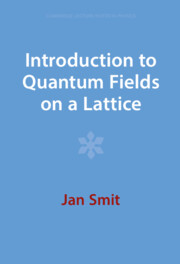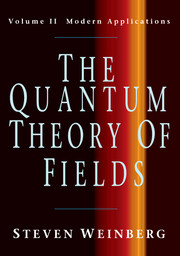Quantum Fields on a Lattice
This book presents a comprehensive and coherent account of the theory of quantum fields on a lattice, an essential technique for the study of the strong and electroweak nuclear interactions. Quantum field theory describes basic physical phenomena over an extremely wide range of length or energy scales. Quantum fields exist in space and time, which can be approximated by a set of lattice points. This approximation allows the application of powerful analytical and numerical techniques, and has provided a powerful tool for the study of both the strong and the electroweak interaction. After introductory chapters on scalar fields, gauge fields and fermion fields, the book studies quarks and gluons in QCD and fermions and bosons in the electroweak theory. The last chapter is devoted to numerical simulation algorithms which have been used in recent large-scale numerical simulations. The book will be valuable for graduate students and researchers in theoretical physics, elementary particle physics, and field theory, interested in non-perturbative approximations and numerical simulations of quantum field phenomena.
- First coherent in-depth and comprehensive treatment of the subject
- Authors are internationally respected for their work on the subject
- For graduates and researchers in the field
Reviews & endorsements
'… an excellent introduction to present day lattice methods for particle physics. In its scope it is almost unrivalled and is a must for every student taking up the field. The researcher in the field will value it as a standard reference and entry point to the literature.' U. Wolff, CERN Courier
'… will be a useful teaching and reference source for many years … Montvay and Munster are to be congratulated on producing a book that will be valued by most researchers using the lattice formulation of quantum field theory.' The Times Higher Education Supplement
Product details
March 1997Paperback
9780521599177
508 pages
247 × 174 × 26 mm
0.85kg
100 b/w illus. 1 table
Available
Table of Contents
- Preface
- 1. Introduction
- 2. Scalar fields
- 3. Gauge fields
- 4. Fermion fields
- 5. Quantum chromodynamics
- 6. Higgs and Yukawa models
- 7. Simulation algorithms
- 8. Appendix
- References
- Index.







